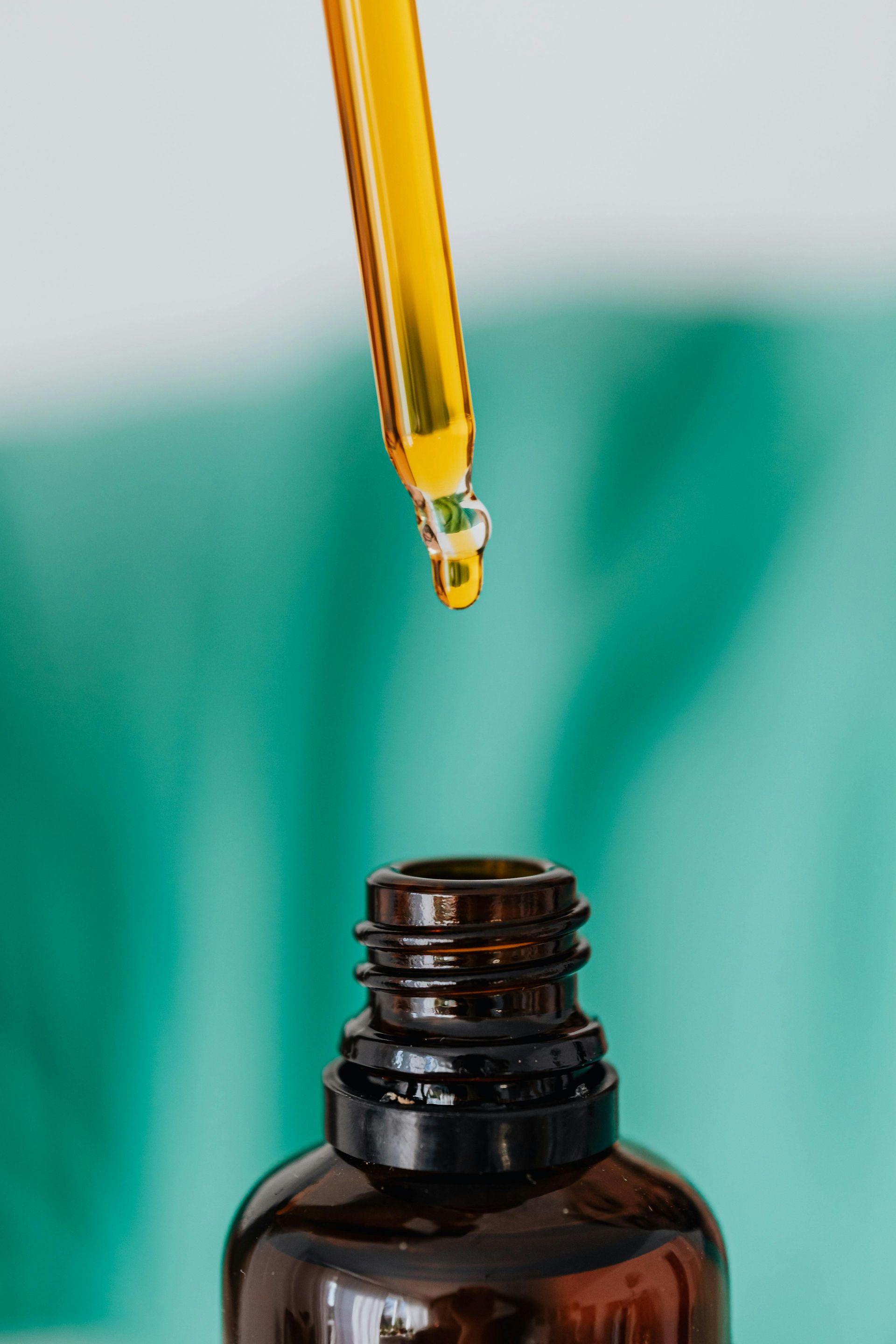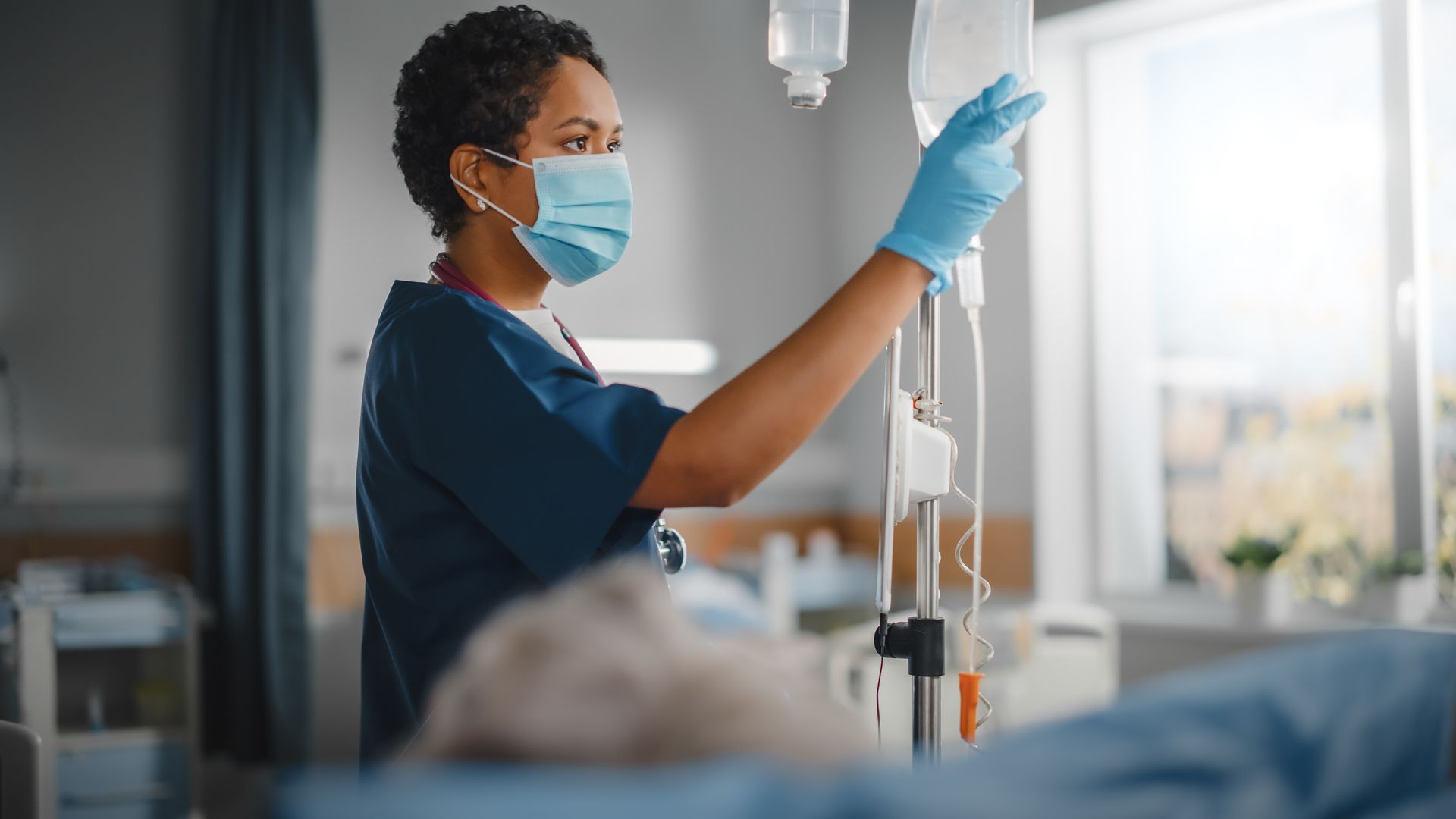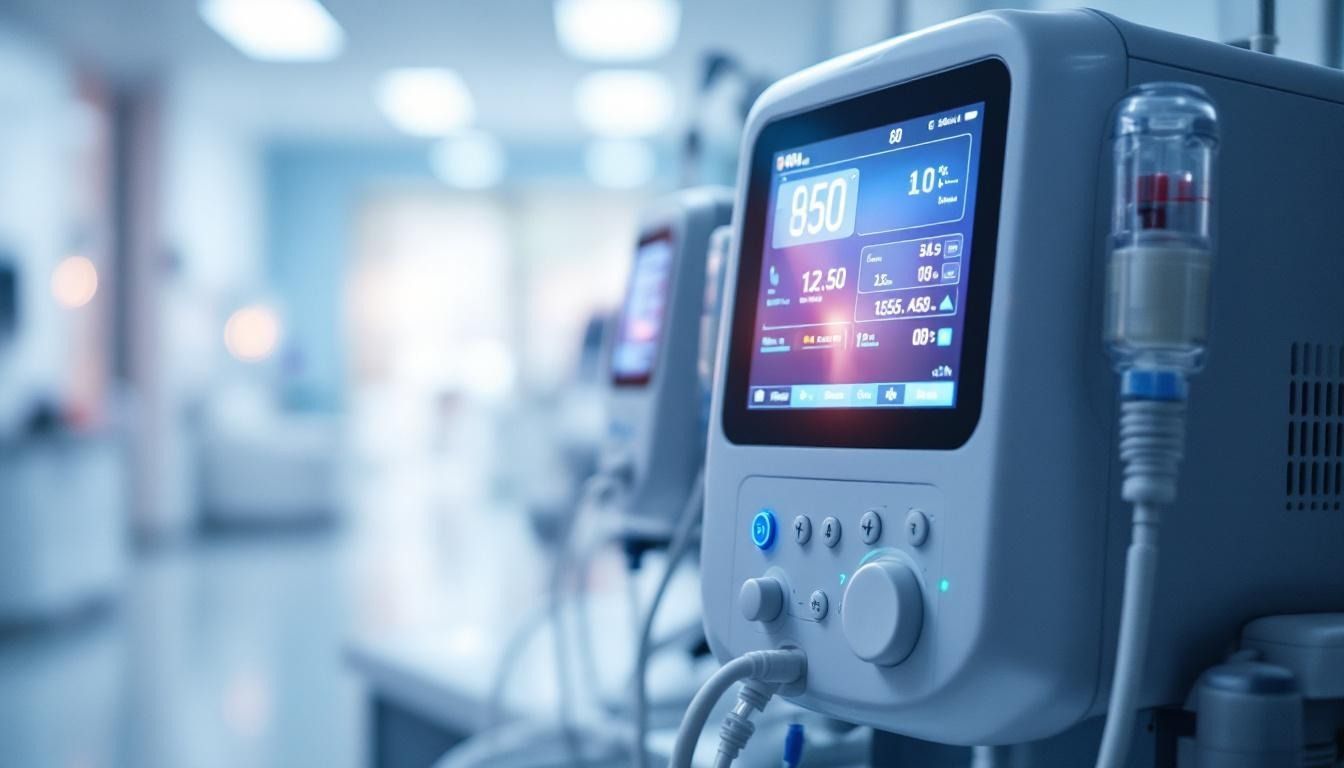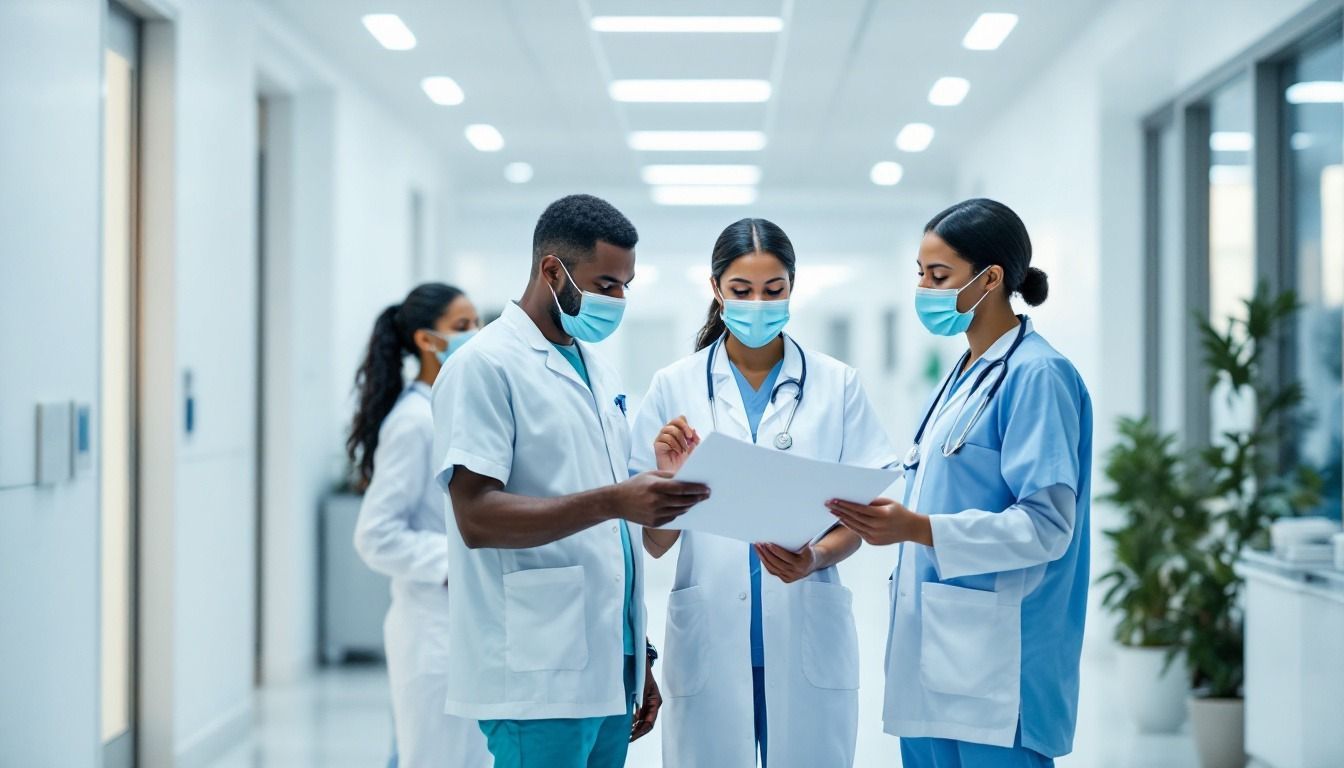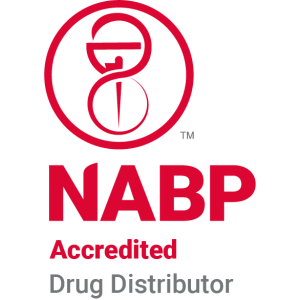Proper handling of GLP products
Introduction to GLP Product Management
Good Laboratory Practice (GLP) is a set of guidelines established to safeguard the quality and integrity of non-clinical laboratory studies. These principles play a critical role in ensuring that laboratory studies, particularly those supporting regulatory submissions for products like drugs and pesticides, are conducted with transparency and reliability. Originating from investigations into fraudulent laboratory practices in the 1970s, GLP regulations provide a framework that supports rigorous study planning, execution, monitoring, and reporting.
Understanding Good Laboratory Practice (GLP)

What is Good Laboratory Practice (GLP)?
Good Laboratory Practice (GLP) refers to a set of principles that ensure the quality and integrity of non-clinical laboratory studies, particularly those supporting regulatory submissions for products like drugs and pesticides. Established in response to investigations into fraudulent laboratory practices in the 1970s, GLP guidelines, encapsulated in regulations such as 21 CFR Part 58, cover aspects of study organization, conduct, and reporting.
Significance of GLP Compliance
Compliance with GLP is mandatory for a wide range of nonclinical studies, which must follow rigorous procedures including the appointment of a study director and adherence to approved Standard Operating Procedures (SOPs). GLP principles also help facilitate data acceptance across countries through the OECD’s Mutual Acceptance of Data (MAD) agreement, meaning that studies conducted under GLP can be trusted by regulatory agencies globally.
In essence, GLP serves as an essential framework to promote reliability in safety testing data submitted to regulatory authorities. It not only establishes scientific quality but also protects human and environmental health by ensuring that the studies are conducted under controlled conditions, monitoring various factors like personnel training, equipment maintenance, and data integrity.
Core Principles Governing GLP

What are the principles of Good Laboratory Practice (GLP)?
The principles of Good Laboratory Practice (GLP) are essential for establishing a robust framework that guarantees the quality and integrity of non-clinical health and environmental safety studies. Initially introduced in 1972, GLP guidelines ensure that laboratory studies adhere to high standards of documentation, transparency, and reproducibility, which are critical for regulatory compliance.
GLP guidelines focus on several core areas, including:
- Study Design: Well-structured study plans that outline objectives, methodologies, and expected outcomes.
- Documentation: Thorough recording of all procedures and results, maintaining a clear audit trail.
- Personnel Training: Ensuring that all staff members are qualified and trained to carry out GLP studies effectively.
- Equipment Quality: Regular maintenance and calibration of instruments to guarantee accurate data collection.
Regulatory bodies such as the FDA and EPA enforce these GLP standards for studies related to pharmaceuticals, food additives, and pesticides. By ensuring that data collected under GLP conditions are reliable, these agencies support informed product approvals. Moreover, the OECD Principles of GLP promote standardization of safety testing across borders, enhancing acceptance through the Mutual Acceptance of Data (MAD) system.
Overall, adhering to GLP principles bolsters the welfare of both humans and animals involved in studies, reinforcing the integrity of scientific research.
Essential Practices in the Pharmaceutical Industry

What does GLP mean in the pharmaceutical industry?
In the pharmaceutical sector, GLP stands for Good Laboratory Practice. This encompasses a structured set of principles designed to ensure the quality and integrity of non-clinical laboratory studies. These studies are crucial for regulatory submissions, particularly when seeking new drug approvals. They play a fundamental role in verifying the safety and efficacy of pharmaceuticals prior to their market release.
The GLP regulations, primarily outlined in the U.S. FDA's 21 CFR Part 58, dictate thorough protocols to conduct reliable and reproducible research. This includes the oversight of a Quality Assurance Unit (QAU), which operates independently to monitor the study conduct and ensure compliance with predetermined standards.
Impact of GLP on non-clinical studies for drug approval
GLP significantly impacts non-clinical studies essential for drug approval by fostering systematic compliance and rigorous data integrity. By adhering to GLP guidelines, pharmaceutical companies can provide regulatory bodies with credible safety data, enhancing the approval process for new drugs.
In essence, GLP ensures that every aspect of laboratory testing—ranging from study planning and protocol adherence to data recording and report generation—is conducted under scientifically sound conditions. This structured approach not only supports quality assurance but also aids in maintaining public trust and safety in pharmaceuticals.
Examples of Effective Good Laboratory Practices
What are some examples of Good Laboratory Practices?
Good Laboratory Practices (GLP) are essential for ensuring experimental validity and safety in laboratory settings. Key examples include:
- Personal Protective Equipment (PPE) : Wearing appropriate PPE, such as gloves, goggles, and lab coats, prevents exposure to hazardous substances.
- Adherence to Standard Operating Procedures (SOPs) : Following documented SOPs ensures that all procedures are performed consistently and accurately, minimizing errors in experimental protocols.
- Thorough Documentation : Keeping comprehensive records of all studies, including raw data, methodologies, and outcomes, is critical for maintaining transparency and traceability.
- Continuous Personnel Training : Regular training sessions keep staff updated on safety practices, equipment use, and GLP regulations, ensuring competency in conducting laboratory work.
- Equipment Maintenance : Calibration and regular maintenance of laboratory equipment are vital for obtaining reliable and reproducible results.
- Chemical Storage Practices : Storing chemicals appropriately in non-reactive containers and ensuring all items are clearly labeled prevent mix-ups and maintain integrity during experiments.
By implementing these practices, laboratories can uphold GLP standards, ensuring safety, reliability, and compliance with regulatory requirements.
Regulatory Oversight by Authorities Like the FDA and OECD

How do regulatory bodies like the FDA and OECD regulate GLP?
Regulatory bodies like the FDA and OECD enforce Good Laboratory Practices (GLP) through comprehensive guidelines essential for ensuring the integrity and quality of nonclinical laboratory studies. The FDA's GLP program, encapsulated in 21 CFR Part 58, was introduced to combat poor laboratory practices identified in the 1970s. This regulation mandates that studies must adhere to strict protocols to support product approvals, safeguarding public health.
Inspections conducted by the FDA play a vital role in verifying compliance with these standards. These inspections focus on critical areas such as the characterization and handling of test articles and the overall execution of studies. Quality Assurance Units (QAUs) are also central to the compliance system; they conduct continuous audits and monitoring of studies to ensure adherence to GLP regulations.
Furthermore, the OECD’s involvement establishes a global standard for GLP, encouraging consistency across countries. The OECD Principles of GLP assist in guiding laboratories in maintaining quality standards necessary for successful regulatory submission. Together, these frameworks aim to enhance research integrity and ensure that nonclinical safety studies are conducted under rigorous conditions.
| Regulatory Body | Focus Areas | Importance |
|---|---|---|
| FDA | GLP compliance, inspections, quality assurance | Protect public health and ensure reliable safety data |
| OECD | Global GLP standards, principles for testing | Ensure consistency and integrity in international laboratories |
Proper Handling and Consequences of GLP Non-Compliance

How should GLP products be handled?
GLP products should be handled according to strict regulations outlined in 21 CFR Part 58. These standards ensure the quality and integrity of nonclinical laboratory studies. Key guidelines include:
-
Proper Storage : Test items must be stored in designated areas to prevent contamination. Specific attention should be given to temperature and environmental conditions, which can affect the integrity of the products.
-
Correct Labeling : All tested items should be uniquely labeled, including details such as identity, concentration (if applicable), expiration date, and storage instructions to minimize mix-ups.
-
Record Keeping : Maintaining accurate and legible records for all specimens is essential. Unique identifiers for each sample help trace back results to the appropriate tests.
-
Adherence to Manufacturer’s Instructions : Testing personnel must closely follow the instructions for specimen collection, handling, and testing procedures as detailed in the product insert.
Following these guidelines safeguards human subject safety and strengthens the credibility of research findings, critical for FDA and EPA submissions.
What are the implications of not complying with GLP standards?
Non-compliance with GLP standards can have severe repercussions. Some of the major implications include:
-
Invalidation of Test Results : Studies may be rendered invalid, raising doubts about product safety and efficacy, which can delay market approvals.
-
Increased Costs : Companies often face expenses related to repeating studies due to non-compliance and may incur penalties for regulatory violations.
-
Reputational Damage : Failure to adhere to GLP standards can tarnish a company’s reputation, leading to loss of trust among stakeholders and customers.
-
Public Health Risks : Ineffective oversight may allow substandard products to reach the market, increasing the chances of product recalls and compromising public health.
In summary, adhering to GLP standards is essential not only for regulatory compliance but also for upholding the integrity of laboratory research.
Conclusion
Proper handling and compliance with GLP standards are integral to maintaining the credibility and integrity of non-clinical laboratory studies. As regulatory demands continue to evolve, adherence to these standards not only ensures the safety and reliability of products but also strengthens global trust in scientific research. Laboratories must remain vigilant in their implementation of SOPs and quality assurance processes to uphold the integrity of the scientific data generated. Achieving compliance requires commitment at all levels of an organization, from management to individual lab technicians, to ensure each study is conducted with the highest standards of accuracy and reliability.
References
- A Guide to Good Laboratory Practice (GLP) | SafetyCulture
- [PDF] Good Laboratory Practice (GLP) 101 – Regulations and Basic Studies
- Good Laboratory Practices Standards Compliance Monitoring ...
- Understanding Good Laboratory Practice (GLP) Standards - Visikol
- Good Laboratory Practice and Compliance Monitoring | OECD
- [PDF] Good Laboratory Practice - CMS
- Good Laboratory Practices (GLPs) - UF Research



